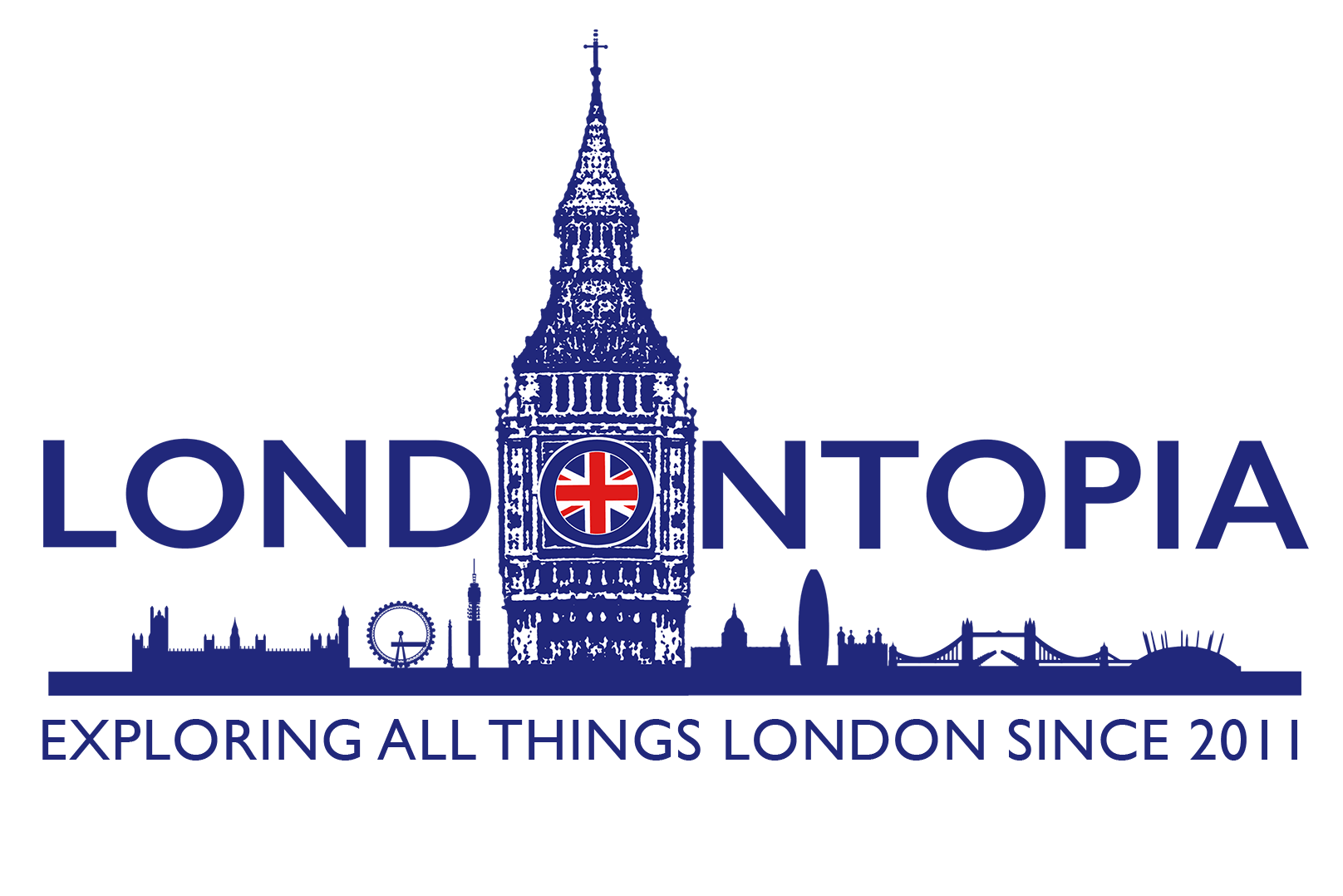London, a city steeped in history and culture, is home to a tapestry of streets whose names resonate with stories of the past. From the bustling thoroughfares of commerce to the tranquil lanes of literary legend, each street bears witness to centuries of change and continuity. In this article, we embark on a journey through the iconic street names of London, delving into their origins, significance, and enduring legacies. From the storied lanes of Baker Street, where the world’s most famous detective once roamed, to the bustling markets of Portobello Road, where treasures old and new await discovery, we uncover the rich tapestry of history woven into the very fabric of London’s streets.
Abbey Road
- Famous for the Abbey Road Studios, where many iconic music recordings took place, notably the Beatles’ album “Abbey Road.”
- The street’s name originates from nearby St. John’s Wood Church, which was once part of the lands owned by Kilburn Priory. Kilburn Priory was an Augustinian religious house founded in 1134 and dissolved during the Dissolution of the Monasteries in the 16th century.
Piccadilly
- Known for Piccadilly Circus, a major traffic intersection and public space in London’s West End, famous for its neon signs and video displays.
- The name “Piccadilly” comes from a 17th-century tailor named Robert Baker, who became wealthy by making and selling piccadills, a type of stiff collar with scalloped edges. His shop was located in the area.
Vauxhall
- Famous for Vauxhall Gardens, one of London’s most popular entertainment venues in the 17th to 19th centuries, known for its concerts, gardens, and fireworks displays.
- The name “Vauxhall” is believed to derive from Falkes de Breauté, a medieval lord who owned a house in the area in the 13th century, which was called Fulke’s Hall, later corrupted to Vauxhall.
Portobello Road
- Famous for its vibrant Portobello Road Market, one of the world’s largest antiques markets, selling a wide variety of goods including clothing, food, and collectibles.
- The street’s name is derived from the 1739 capture of Puerto Bello in Panama by Admiral Edward Vernon during the War of Jenkins’ Ear. The name “Portobello” was subsequently given to various places and streets in Britain to commemorate the victory.
Brompton Road
- Located in the affluent Knightsbridge area, Brompton Road is known for its high-end shopping destinations, including the world-famous Harrods department store.
- The name “Brompton” originates from the Old English words “brom” meaning broom (a type of shrub) and “tun” meaning farmstead or settlement, indicating the area’s historical association with agriculture.
Baker Street
- Famous as the fictional home of Sherlock Holmes, the renowned detective created by Sir Arthur Conan Doyle. The address “221B Baker Street” is synonymous with the character.
- The street’s name is derived from William Baker, a builder who laid out the street in the 18th century as part of the Portman Estate development.
Fleet Street
- Historically associated with the British press, Fleet Street was once home to many newspaper offices and printing presses, earning it the nickname “Fleet Street Press.”
- The name “Fleet Street” is believed to derive from the Fleet River, a now subterranean river that once flowed through the area. The street followed the course of the river, which was later culverted.
Oxford Street
- One of the busiest shopping streets in Europe, Oxford Street is renowned for its department stores, fashion boutiques, and iconic Christmas lights.
- The street’s name comes from its historical destination as the road leading west out of the City of London to the city of Oxford.
Savile Row
- Synonymous with bespoke tailoring, Savile Row is home to some of the world’s most prestigious men’s tailors, known for their craftsmanship and attention to detail.
- The street is named after Lady Dorothy Savile, the wife of the 3rd Earl of Burlington, who developed the area in the late 17th century.
Whitehall
- Known as the center of the British government, Whitehall is home to important government buildings such as the Houses of Parliament, Downing Street, and the Ministry of Defence.
- The name “Whitehall” is derived from the white stone used for the Palace of Whitehall, the main residence of the English monarchs from 1530 until it was destroyed by fire in 1698.
Which one is your favorite? Let us know in the comments!
A Little Bit of London In Your Inbox Weekly. Sign-up for our free weekly London newsletter. Sent every Friday with the latest news from London!




Piccadilly – really interesting name origin, thanks.
Whitehall would be my favorite. I read a lot of Britain’s history. Thanks for the streets info. It was fun to learn the background history.
“The War of Jenkins Ear” ???
Scouring antique shops & junking in general is a favorite pastime so Portobello Rd has to be the winner 🏆
Researching “Jacob’s Ear” 👂follows..👍